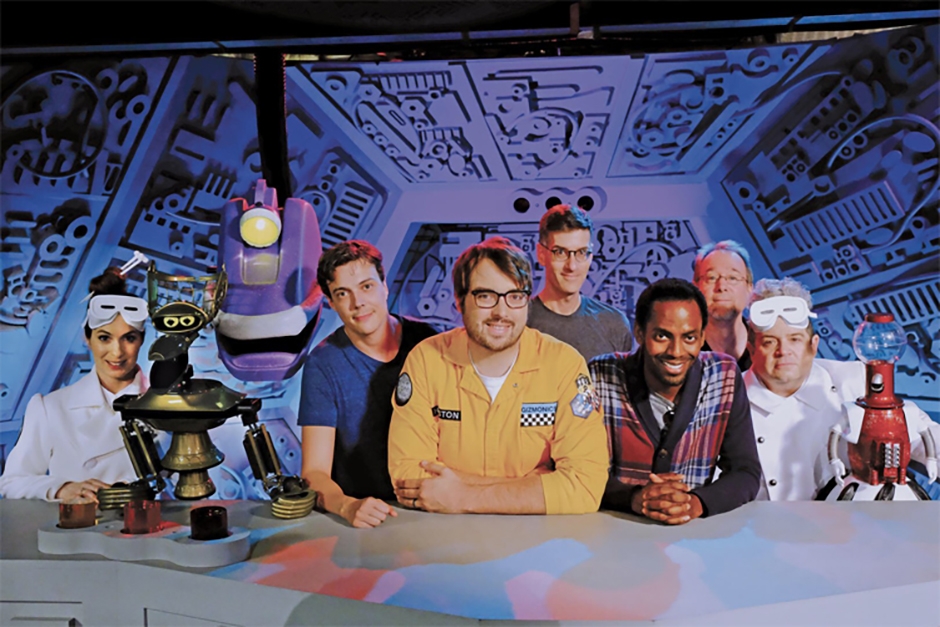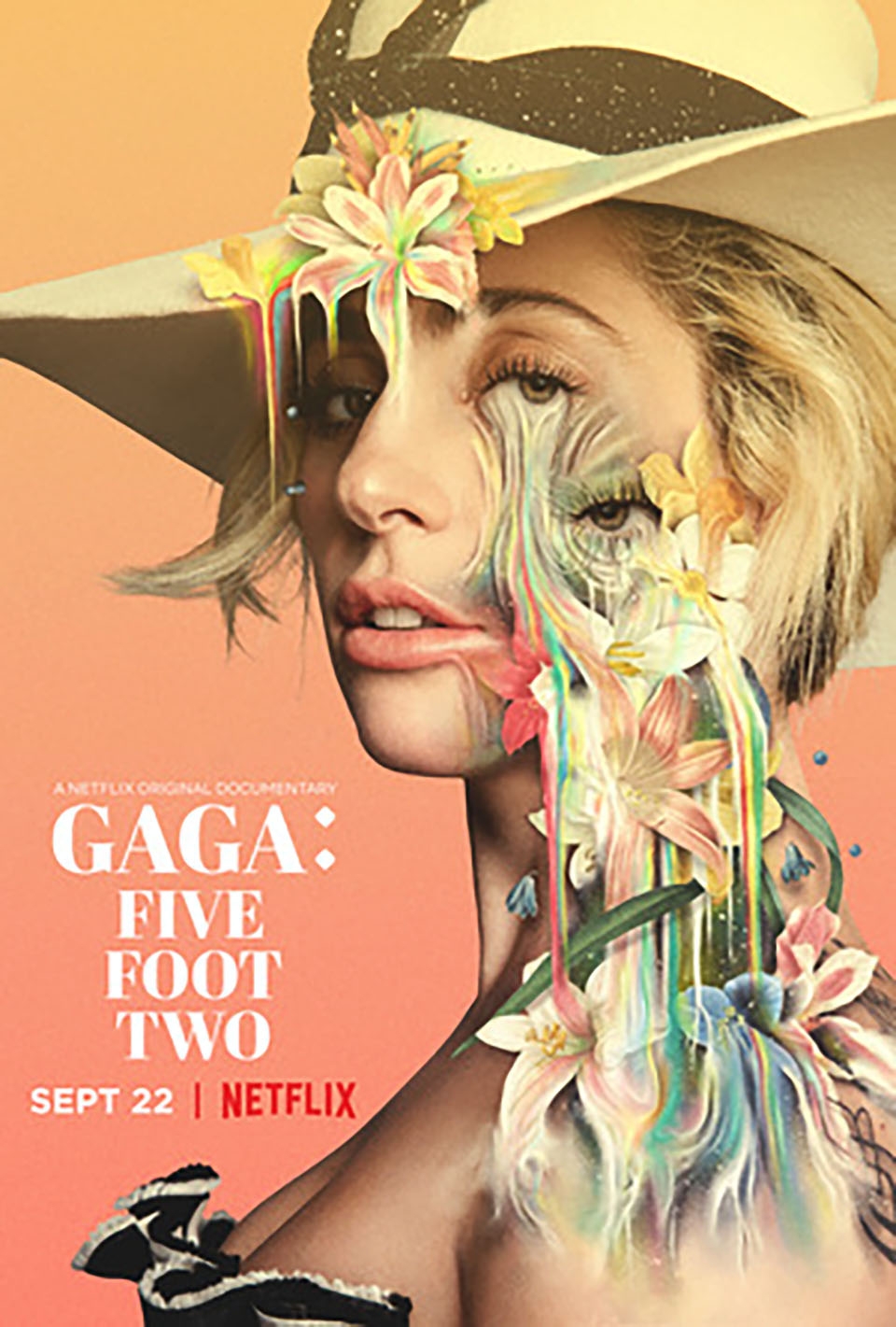Capri Scarcelli | Staff Writer
10/10/19
Carnegie Science Center’s Buhl Planetarium laser show offers an array of musical genres to partake in what feels like a live concert, all the while providing the dome with dazzling portraits and patterns set to the very tempo of each song in the show’s compilation.
On Friday, Oct. 4, I went to the 11 p.m. and 12 a.m. showings of Pink Floyd’s Dark Side of the Moon, followed by The Wall.
Each set was roughly 45 minutes long, with a 15-minute intermission in between.
The setlist went through both albums in succession, following the storyline with an immaculate design that encapsulated frontman Roger Waters’ ideologies and persona perfectly. Watching the laser show made me feel as though I could see a glimpse of Waters’ mind.
Well-known as one of the 70s most impactful psychedelic rock bands, Pink Floyd brings to question the thematic elements of drug abuse, mental health, war and the impact of the younger generation’s perspective on the world around us.
These are difficult concepts to convey in music, let alone through laser art.
To say I was impressed with the production of “Laser Floyd” would be an understatement. I was in awe of the effort that was put forth to bring the band’s rock opera to life.
Though the lasers themselves were disorienting at first, my eyes were soon able to adjust.
The Carnegie employees, or “laserists,” were in charge of designing the show’s layout, as they control the sound, lighting and rhythmic patterns in a booth behind the audience’s seats. Because the laser shows are a live event, the laserists have the creative liberty to make the show their own.
The laser display was appropriate and aesthetically pleasing for each song in the setlist.
When “Money” played, there were lit-up dollar bills that appeared to rain from the ceiling, spelling out different words from the lyrics.
More abstract pieces, such as “The Great Gig in the Sky” thus called for more abstract laser patterns, such as pulsating clouds or layers of light that seemed to shift to the steady beat of the music.
“The Wall” in general followed the characters within the rock opera, drawing out each scene like a cartoon. This gave a visual of the storyline within the album as well as an entertaining interpretation of Waters’ aura.
For example, there were various drawings of the infamous school teachers, as sung about in “Another Brick in the Wall Pt. 2.”
The laser depiction of this song was comical, showing the audience a viewpoint of childhood rebellion and angst.
In “The Trial,” which is toward the end of The Wall, the lasers pointed to what seemed to be Waters’ main character in a cacophonous circus act, which I found was the most elaborate of the portraits. The teachers were swinging from the curtains like a pendulum as the display showed a dialogue between themselves and the main character.
The laserists seemed to have known they did a brilliant job. Toward the end of the show, the employees wrote “tip your laserists” in bright laser beams across the ceiling.
If I had cash on me, I would have tipped each of them.
Aside from technicalities, I enjoyed the simplicity of reclining my seat and watching the colors dance before my eyes — better yet, to the band that my dad and I have always loved. I was in awe of the spectacle before me and it was a wonderful late-night adventure.
Though the Pink Floyd shows are over, Carnegie offers a “Laser Halloween” show every day at 2 p.m. and “Laser Stranger Things” every Saturday at 4 p.m. until October’s end.
Tickets are $8, with an additional show being discounted to $5. Carnegie Science Center members can see a show for just $2.
If you are looking for a fun yet inexpensive activity to do with friends, this is your ticket.




